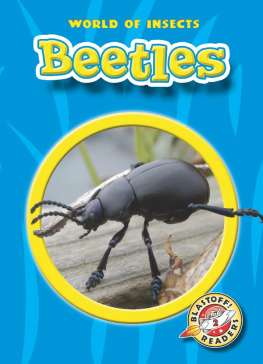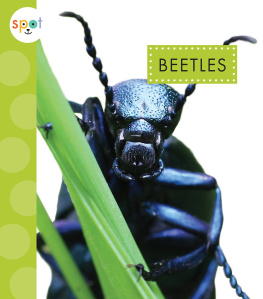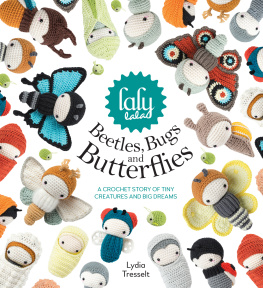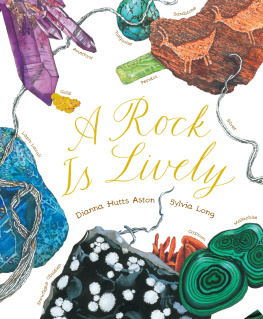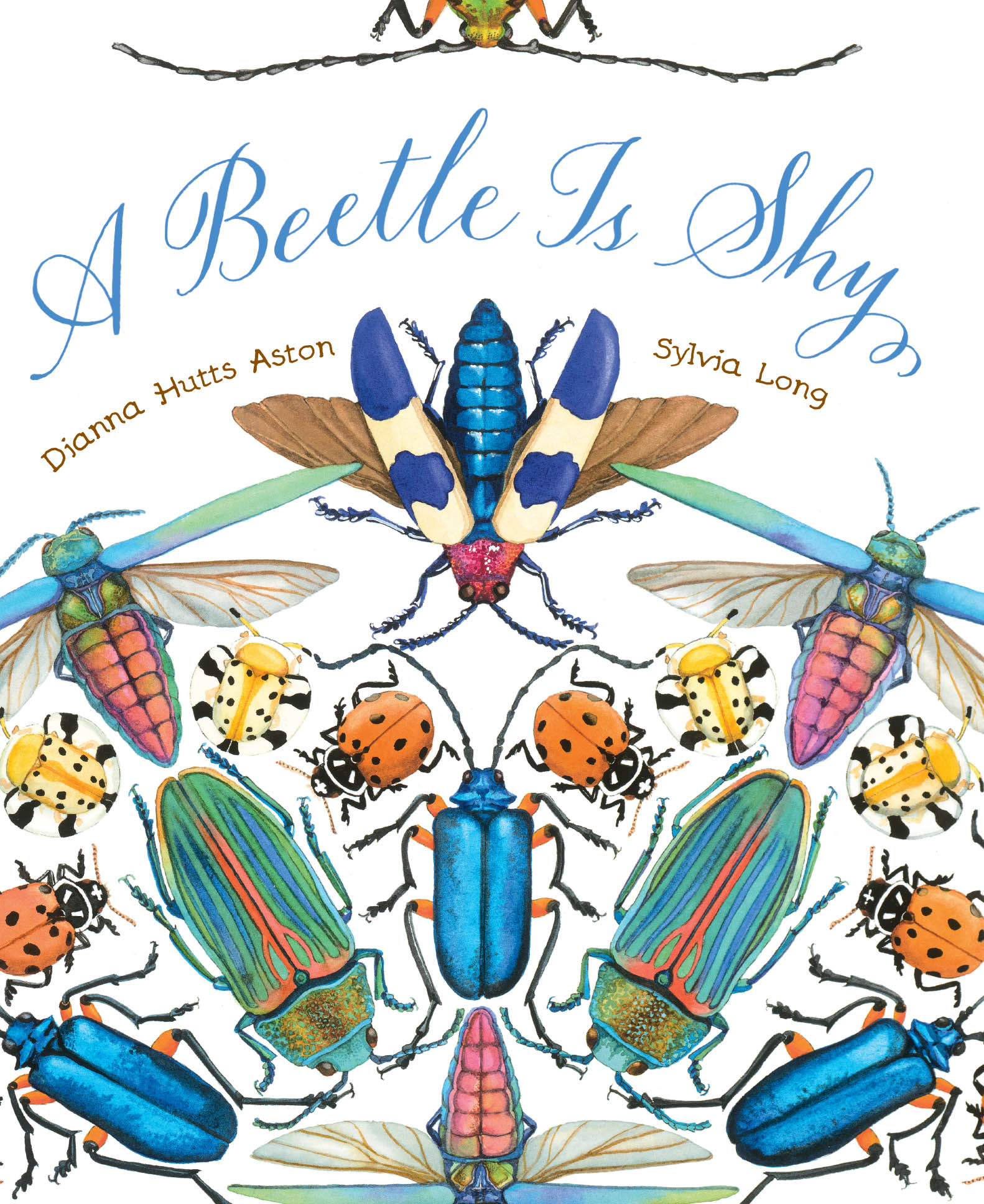

To the Ladybug Warriors D. H. A.
To my son, Johnmore courageous, loving, kind,
and loyal than any mother could wish her son to be S. L.
Special thanks to Lynn LeBeck.
Text copyright 2016 by Dianna Hutts Aston.
Illustrations copyright 2016 by Sylvia Long.
All rights reserved. No part of this book may be reproduced in any form
without written permission from the publisher.
Library of Congress Cataloging-in-Publication Data available.
ISBN 978-1-4521-2712-5 (hardcover)
ISBN 978-1-4521-3342-3 (epub 2)
ISBN 978-1-4521-5400-8 (mobi)
ISBN 978-1-4521-5401-5 (epub 3)
ISBN 978-1-4521-5402-2 (epib)
Design by Sara Gillingham Studio.
Hand lettered by Anne Robin and Sylvia Long.
The illustrations in this book were rendered in watercolor.
Chronicle Books LLC
680 Second Street
San Francisco, California 94107
Chronicle Bookswe see things differently.
Become part of our community at www.chroniclekids.com .


It begins its life inside an egg...
soft and wingless, tender,
protected by the roots of trees
and the undersides of leaves.

The egg hatches into a wriggling larva
that feasts on plant and animal matter,
growing quickly, shedding its hard outer skin,
or exoskeleton, many times as it gets bigger.
Then the larva begins its transformation in a cocoon-like
pupa, where it develops wings and antennae.
Finally, a beetle twists and turns, squirming free of the
pupas leathery skin, and its body and true colors emerge.

While many beetles are black
or brown, some are iridescent, or
shimmery and rainbow-colored.

One of the largest insects
in the world, the titan beetle,
has mandibles, or jaws,
powerful enough to snap
a pencil in half!
The smallest beetle, and one of the smallest insects
in the world, is the North American featherwing beetle,
so tiny it could pass through the eye of a needle.

Beetles are found on every continent
except Antarctica. Because they are so
plentiful, and also protein-rich, they are
eaten by humans all around the world.
In the United States, you can snack
on mealworm ice cream. In the
Netherlands, you can try chocolate
infused with mealworms.

Some have legs that are wide and jagged for
digging. Dung beetles are like bulldozers, rolling
marble-size balls of animal waste and burying
them underground or on top of dung heaps.
Some beetles have long, slender legs made
for speed. The tiger beetle runs up to
2 feet (61 centimetres) per second. At that
rate, this Olympian of the insect world can run
50 yards (46 metres) in just over a minute.
Some beetles hop. Flea beetles use their toes to catapult
themselves about 13 inches (33 centimetres) high.
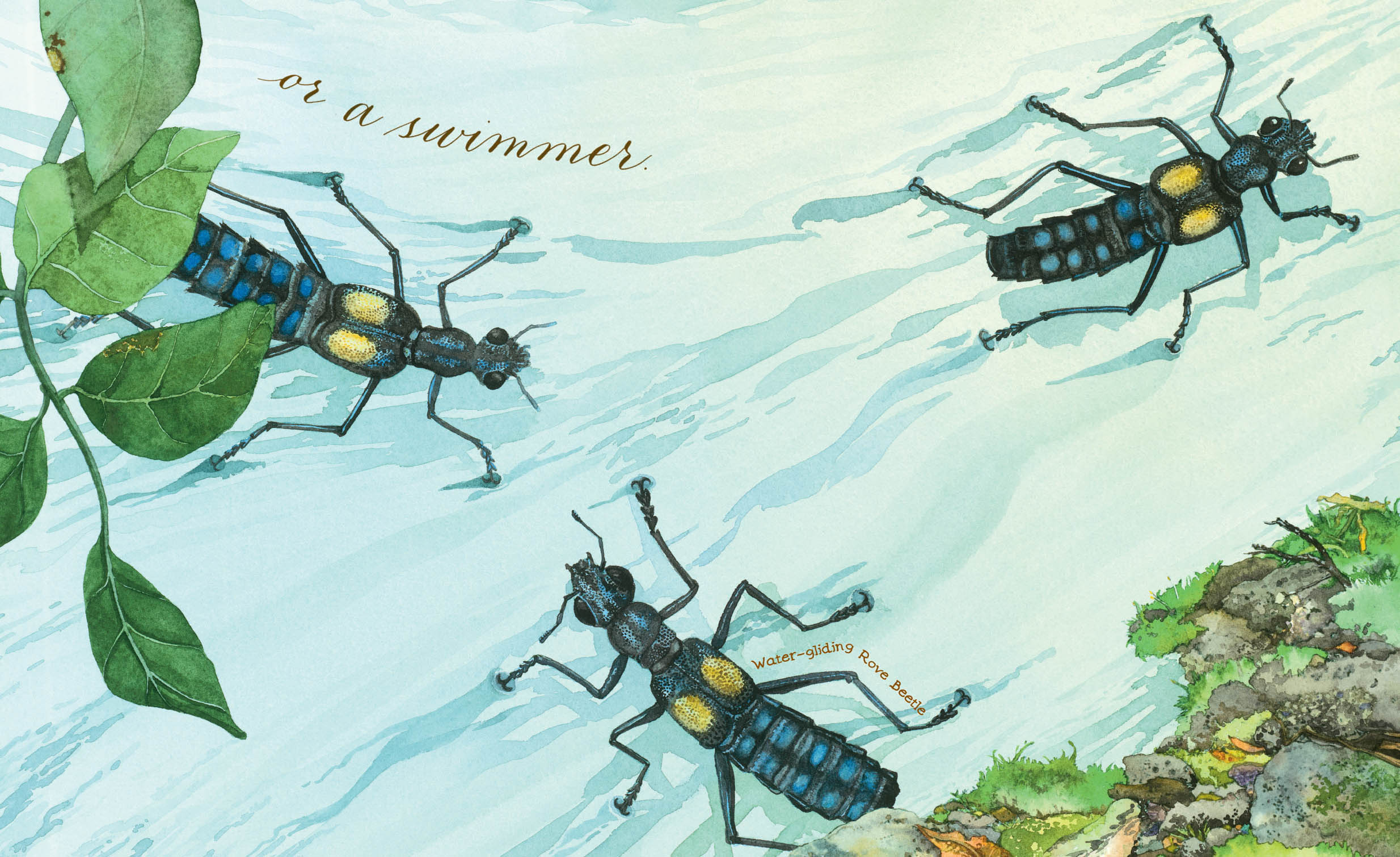
Aquatic beetles seek meals of algae,
insects, worms, tadpoles, and even
small fish. Some have flattened legs
like paddles for swimming.
Others glide like sailboats atop
ponds and lakes, or speed
beneath the surface as if they
were skating on glass ceilings.
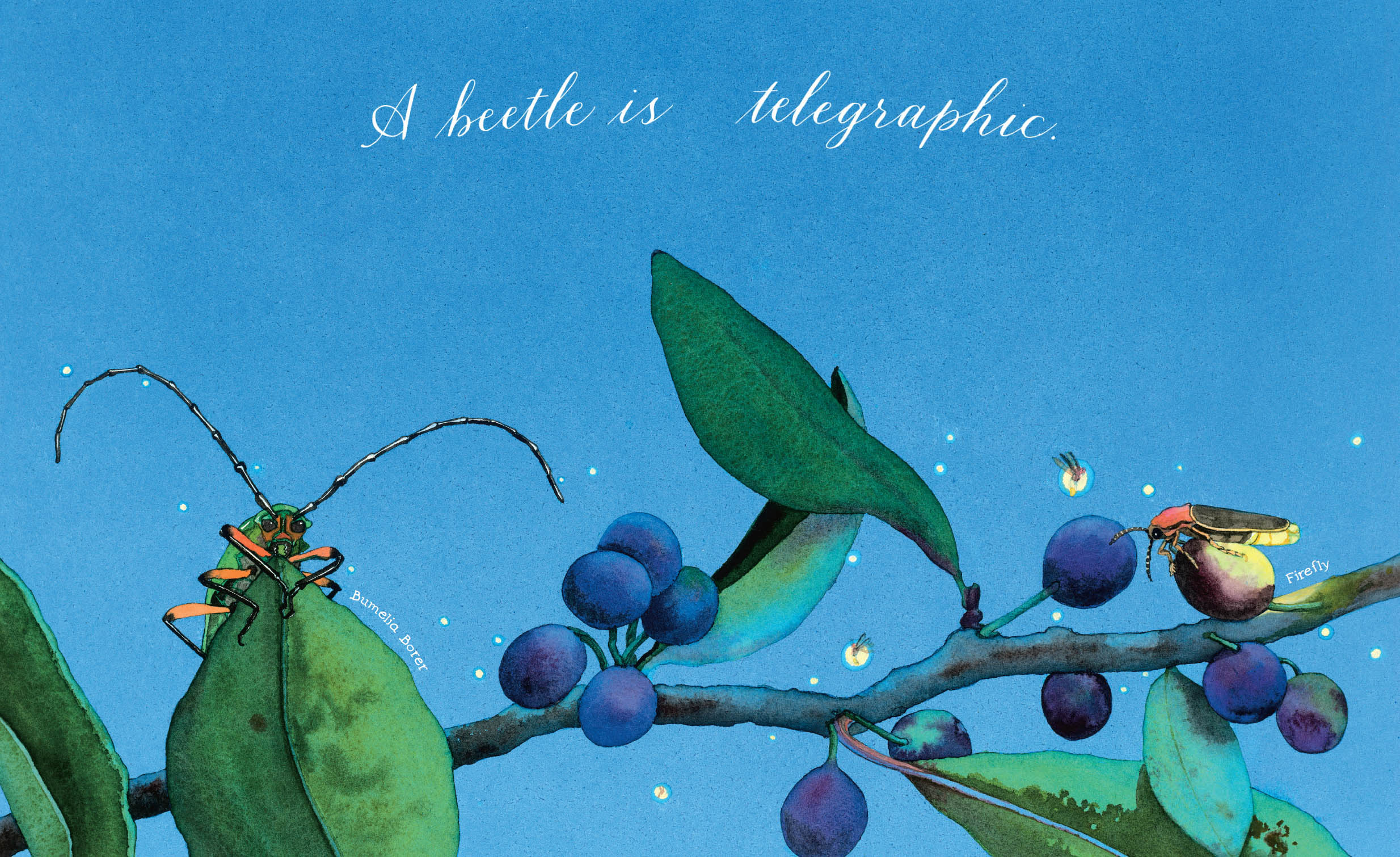
Most beetles send messages to each other using chemicals called pheromones. The scent of pheromones acts as a code that tells beetles where to find mates or food. Others talk to each other with squeaky, raspy sounds made by scraping their wings against their bodies.
Fireflies communicate by bioluminescence,
or glowing lights. They flash their signals
to attract a mate, defend their territory,
and warn away predators.
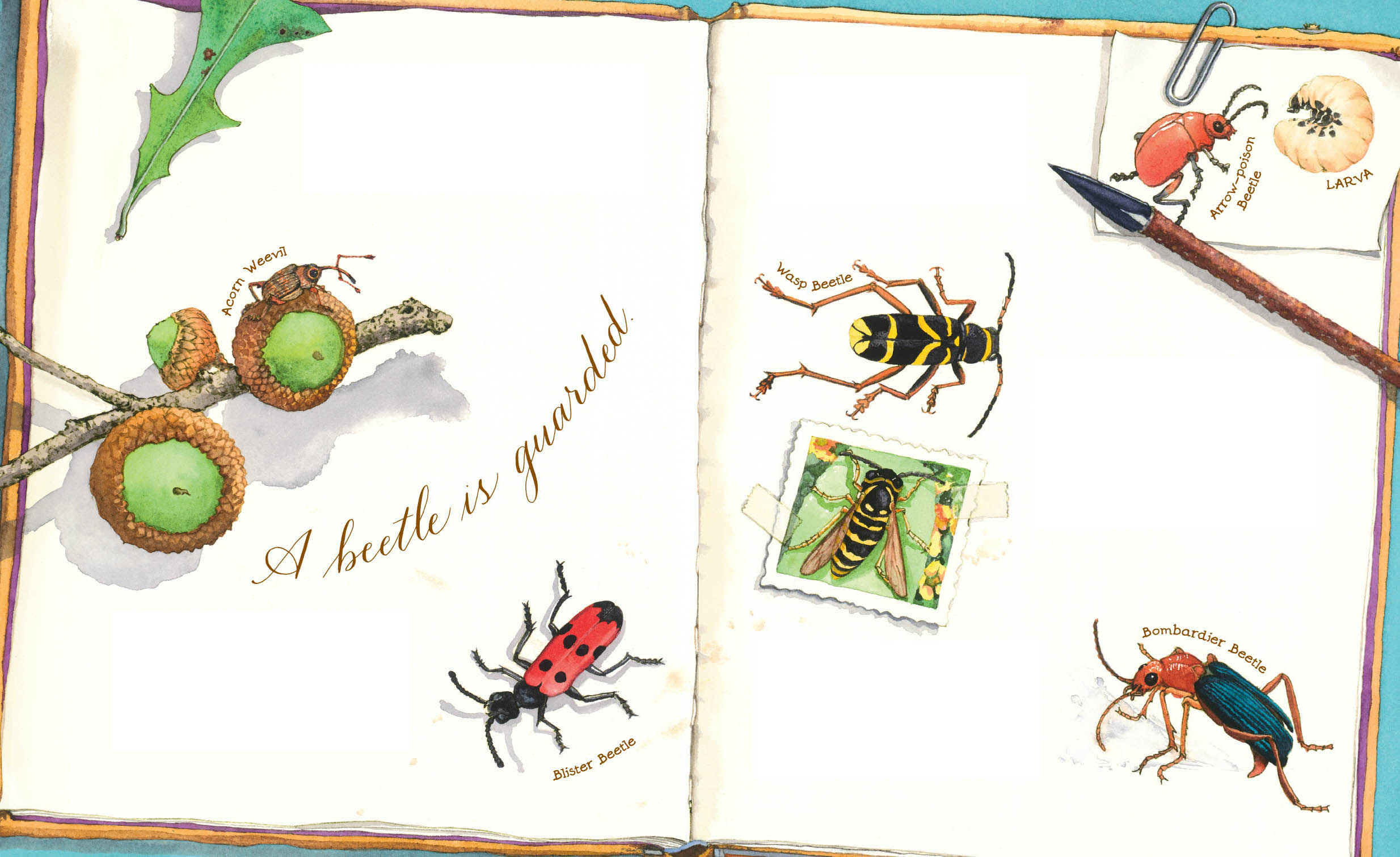
Beetles keep themselves safe in many
ways. The colors and shapes of some
beetles, especially those that feed on
plants, help them camouflage themselves,
or hide among leaves and bark.
Some beetles protect themselves
by emitting a liquid that is toxic,
or poisonous. True to its name, the
blister beetle secretes a toxin that
burns the skin and causes swelling.
Arrow-poison beetles are so
poisonous that hunters in some
African tribes use the juice these
beetles secrete on the tips of their
small arrows to kill large animals.
Beetles also protect themselves
through mimicryusing color and
shape to warn away enemies. For
instance, one type of harmless
longhorn beetle looks like a wasp.
One kind of beetle, the bombardier
beetle, releases a boiling spray
that changes into gas, which stings
the eyes and creates a smokescreen
to confuse its enemies.
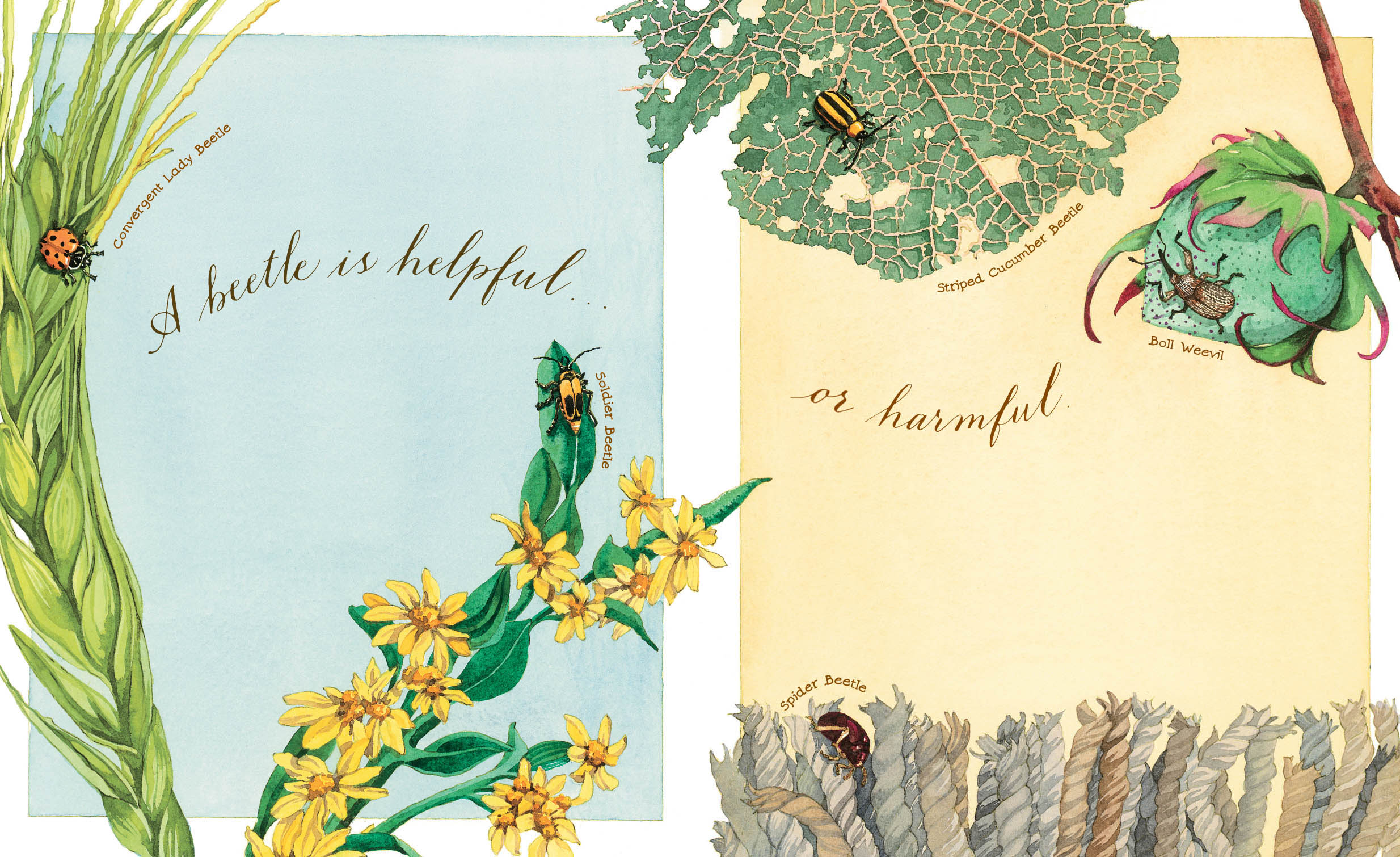
Lady beetles, also known
as ladybugs or ladybird beetles,
and soldier beetles help keep
plants healthy by eating aphids.
Weevils and other beetles eat the leaves, stems,
and roots of plants, destroying many crops that
humans rely on, such as corn, lettuce, wheat,
cotton, and potatoes. In homes, spider beetles,
about the size of a grain of rice, feed on wool,
cereal, spices, bread, dried fruiteven pet food!
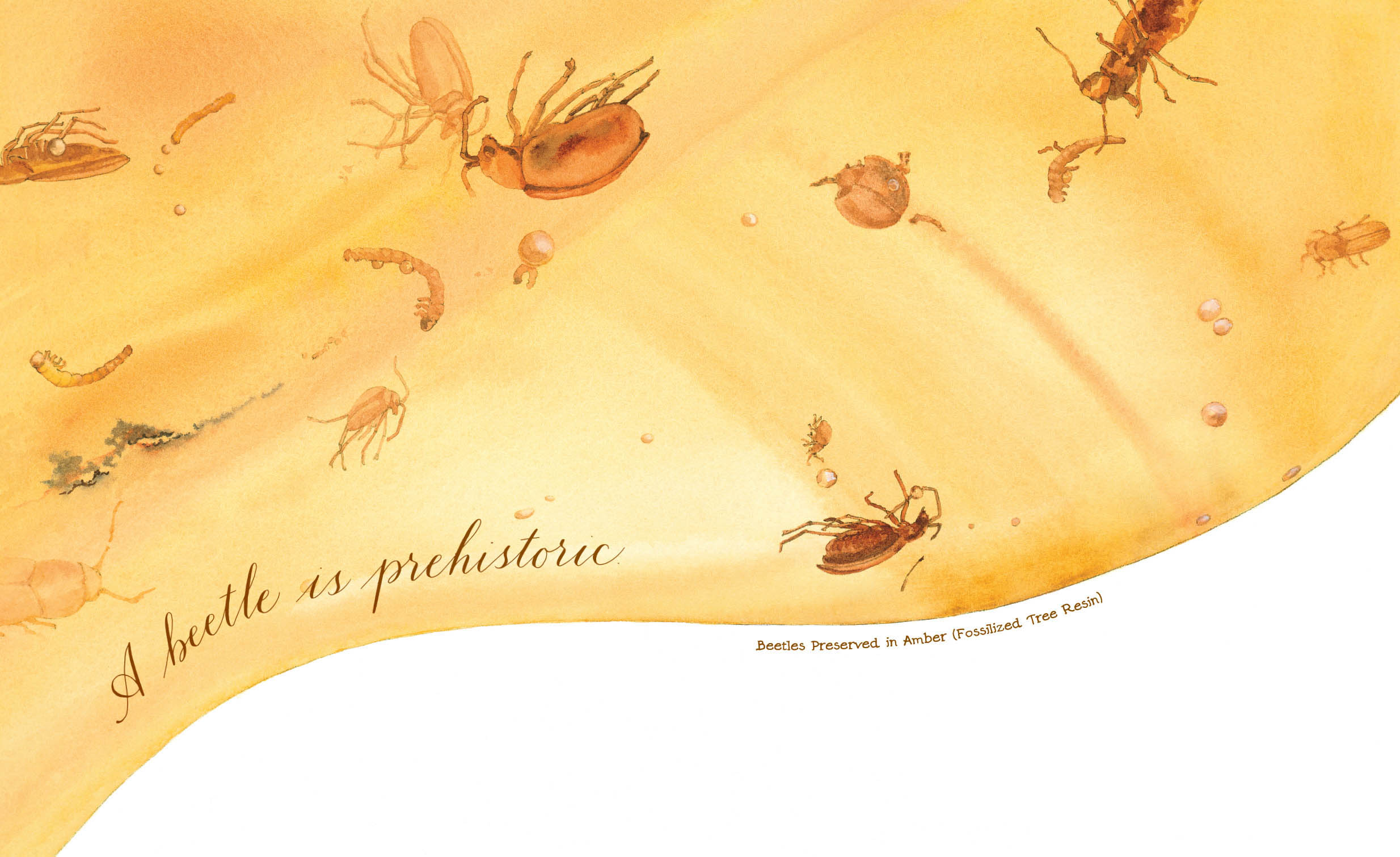
Fossils show that beetles inhabited Earth
when dinosaurs did, almost 300 million
years ago, making them millions of years
older than butterflies, bees, and other insects.

There are more than 1 million known
species of insect on Earth, which is more
than half of all known animal species.
Nearly half of insects are beetles. Unlike
other winged insects, beetles have a pair
Next page



